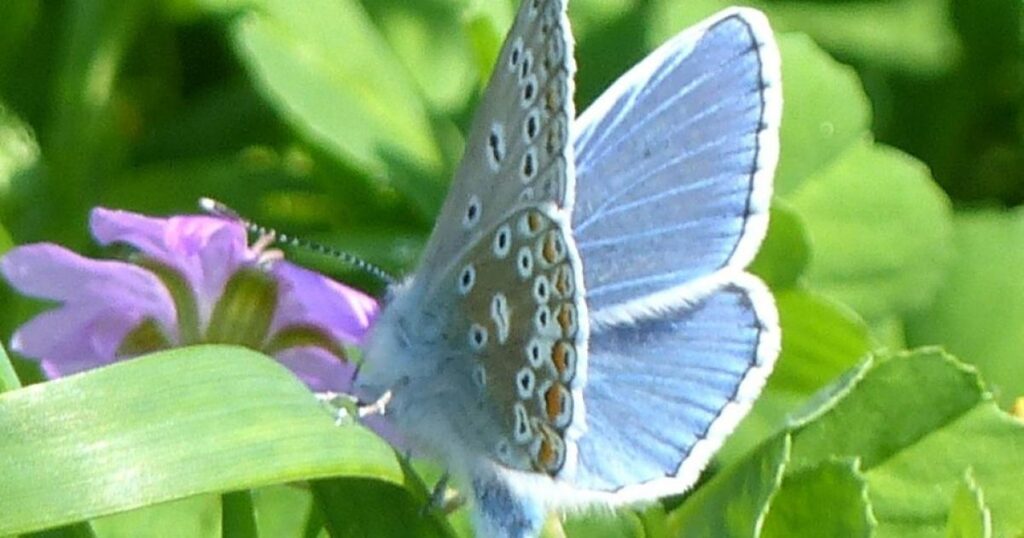Recent butterfly surveys have prompted bouts of anguish and gloom among lepidopterists concerned that these beautiful creatures are in terminal decline. Last year’s shocking results from Butterfly Conservation’s Big Butterfly Count led the charity to declare a British butterfly emergency but I’m hopeful this year’s count starting next month will indicate something of a revival.
Wild Things: Birds enjoy insects on the wing
It couldn’t really be much worse. Last year was the worst ever for small tortoiseshell, chalkhill blue and small copper. It was the fifth worst year since the survey began with 51 of the UK’s 60 species declining. And it was the second worst year for common butterflies such as common blue, gatekeeper and large whites. Nine species suffered their worst year since counting began in 1976. Now 31 species are in long term decline with the small tortoiseshell down 88 per cent and the green-veined white down 28 per cent. Grizzled skipper, small pearl-bordered fritillary and chalk hill blue had their worst year on record.
Last summer some 85,000 participants spotted just seven butterflies on average per 15-minute count, a reduction of almost 50 per cent on 2023’s average of 12, and the lowest in the history of the Big Butterfly Count. It was also the worst summer in the count’s history for a number of popular species including small tortoiseshell and common blue. Some of the surveyors found no butterflies at all during their vigils.
A comma butterfly Image: Jim Butler
Now Butterfly Conservation needs even more volunteers to spend 15 minutes in gardens, parks, school playing fields or allotments to establish whether there is an improvement in numbers during the 16th annual citizen science project.
Dr Richard Fox of Butterfly Conservation said: “We need everyone, everywhere to get out for the count this year and help us find out if last year’s shocking results were a blip, or if they indicate a much greater issue.”
Wild Things: Good news as puffin numbers begin to recover
Butterflies are indicators of a healthy natural environment, and with half of Britain’s butterfly species already threatened or near threatened with extinction, it’s never been more important to understand how our insects are responding to the changing landscape, climate and pollution, and to take action to protect them.
I’m expecting a large improvement after last year’s wet spring and cloudy early summer combined to deplete butterfly numbers. This year’s sunniest spring on record and the June heatwave involving temperatures of up to 33.2C encouraged butterflies. In my garden holly blues were first to appear and numbered up to five in a single day. I saw brimstone, comma and small white during March expeditions in Kent followed by orange tip, green veined white, red admiral, peacock and speckled wood in April. That was also the month I saw for the first time the scarce Duke of Burgundy in a secluded Kent wood. May brought a couple of common blues fluttering around flowers in a Kent churchyard. Will you find something interesting if you volunteer for the survey ?
This year’s Big Butterfly Count will run from Friday, July 18 – Sunday, August 10. For more information and to take part, click here or download the free Big Butterfly Count app.




